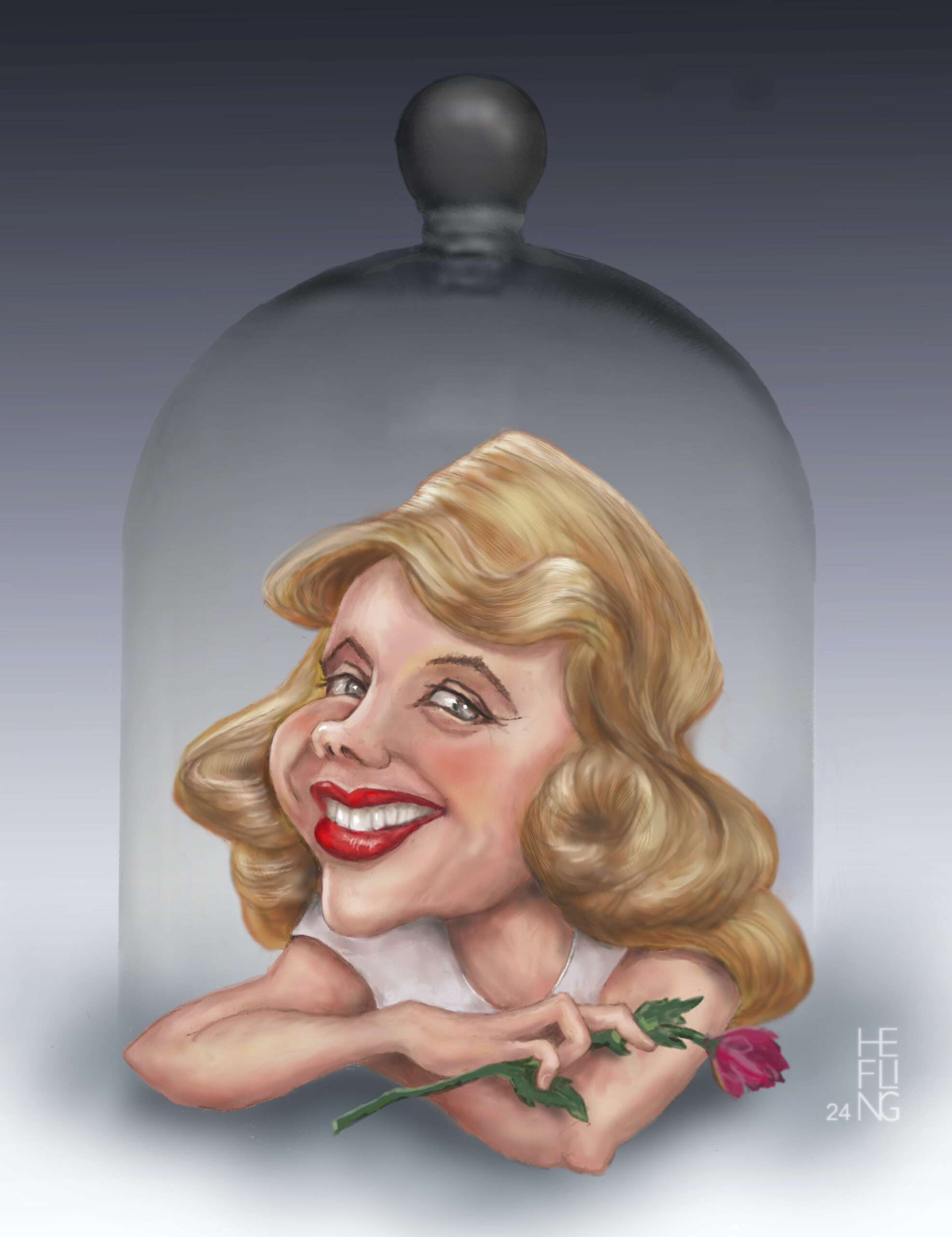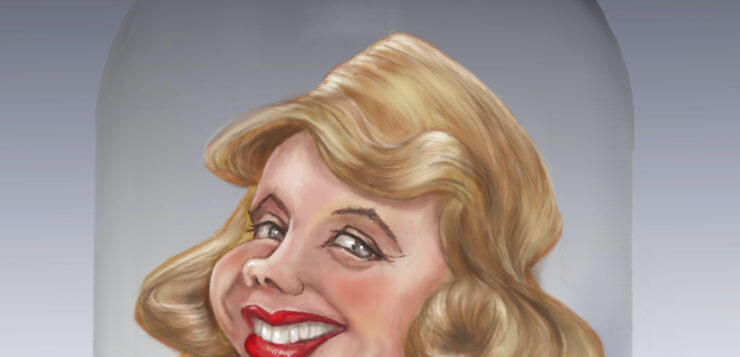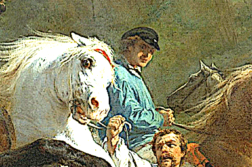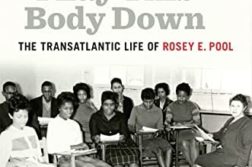SET IN 1953 and published ten years later, Sylvia Plath’s autobiographical novel The Bell Jar is widely regarded as a masterpiece, a female coming-of-age story like J. D. Salinger’s classic The Catcher in the Rye. Told in the first person, it’s about Esther Greenwood, a young Massachusetts college student who, along with eleven others, wins an award to spend a month interning for Ladies’ Day magazine in New York City.
Raised by a financially struggling widow, Esther is a scholarship student. During her internship, she finds herself increasingly disoriented. She often thinks negatively about her boyfriend Buddy Willard, whom she comes to despise for his hypocrisy about a casual sexual relationship. When she returns to her mother’s home, Esther’s mental state deteriorates into clinical depression, leading to a suicide attempt followed by a stay in a mental hospital. She slowly recovers. The novel ends with Esther leaving that institution, presumably for a brighter future.
Events and characters were largely taken from Plath’s life when she spent the year 1953 interning at Mademoiselle magazine, became deeply depressed shortly thereafter, made a suicide attempt, and spent time in a mental hospital where, like her protagonist Esther Greenwood, she was treated for her depression with a combination of talk therapy, electroshock treatment, and the now-discredited insulin shock treatment before being pronounced “sane” by her psychiatrist and released. Describing The Bell Jar, Plath remarked: “What I’ve done is to throw together events from my own life, fictionalizing to add color—it’s a potboiler really, but I think it will show how isolated a person feels when he is suffering a breakdown. … I’ve tried to picture my world and the people in it as seen through the distorting lens of a bell jar.” Plath appeared to believe The Bell Jar would be cathartic for her, calling it “an autobiographical apprentice work which I had to write in order to free myself from the past.”
Along with the brilliant poems in her Ariel collection, The Bell Jar won Plath a cult following, albeit posthumously, especially among feminists. She was known for her opposition to fascism and is regarded as politically liberal, but there are problems with this designation. For starters, her poetry includes the problematic phrases “[N-word-]-eye” in “Ariel,” “My Polack friend” in “Daddy” (probably her most famous poem), and “Jumpy as a Mexican bean” in “You’re.” The Bell Jar depicts its one “Negro” character in a racist stereotype: “grinning and chuckling in a silly way,” he “gawped at us with big, rolling eyes.”
 And another thing: although feminists naturally respect Plath for dramatizing harms from the double standard (more below) and limits on women’s options, she also felt a strong pull toward traditional female roles. The Bell Jar reflects a yearning for housewifery when Esther thinks it would be “nice” to be married to a working-class man and have “piles of little kids … wearing what my grandmother called wash dresses, and sitting about in some kitchen with bright linoleum and fat arms, drinking pots of coffee.” In another passage, Plath ridiculed women who prioritized profession over family. Esther tells a college poet and academic: “I might well get married and have a pack of children someday.” The poet is described as staring at Esther “in horror” and exclaiming: “But what about your career?”
And another thing: although feminists naturally respect Plath for dramatizing harms from the double standard (more below) and limits on women’s options, she also felt a strong pull toward traditional female roles. The Bell Jar reflects a yearning for housewifery when Esther thinks it would be “nice” to be married to a working-class man and have “piles of little kids … wearing what my grandmother called wash dresses, and sitting about in some kitchen with bright linoleum and fat arms, drinking pots of coffee.” In another passage, Plath ridiculed women who prioritized profession over family. Esther tells a college poet and academic: “I might well get married and have a pack of children someday.” The poet is described as staring at Esther “in horror” and exclaiming: “But what about your career?”
Another irony in the feminist adoration of Plath is that The Bell Jar is rife with lesbophobia. My contention is that this phobia is linked to, and probably based upon, her secret attraction to other women. Lesbian tensions are most strongly dramatized in Esther’s confused feelings about Joan Gilling, a friend who arrives at the “asylum” soon after Esther. Joan is a kind of double to Esther: both are intelligent and mentally ill, and they dated Buddy Willard. The doppelganger effect is underscored when Esther tells us that Joan’s room “was a mirror image of my own.”
One day, Esther knocks on the door of a patient named DeeDee, intending to borrow sheet music from her. Esther hears no answer and believes DeeDee will not mind having someone just pick up music, so Esther opens the door and steps into the room. Esther recalls: “I saw a shape rise from the bed. Then someone gave a low giggle. The shape adjusted its hair, and two pale pebble eyes [we know from earlier descriptions that these are Joan Gilling’s eyes]regarded me through the gloom. DeeDee lay back on the pillows, bare-legged under her green wool dressing-gown, and watched me with a little mocking smile.” Esther starts to explain her having come into the room and DeeDee immediately knows she wanted the music sheets. “‘Hello, Esther,’ Joan said then, and her cornhusk voice made me want to puke. ‘Wait for me, Esther, I’ll come play the bottom part with you.’ Now Joan said stoutly, ‘I never really liked Buddy Willard. He thought he knew everything. He thought he knew everything about women.’”
It would be easy to see Esther’s desire to “puke” as a case of lesbophobic revulsion. But that revulsion is tied to a kind of enthrallment. Right after that, when Joan makes these derogatory comments about their mutual heterosexual love interest, this is Esther’s response: “I looked at Joan. In spite of the creepy feeling, and in spite of my old ingrained dislike, Joan fascinated me. It was like observing a Martian, or a particularly warty toad. Her thoughts were not my thoughts, nor her feelings my feelings, but we were close enough so that her thoughts and feelings seemed a wry, black image of my own.” This was 1950s America, after all, when gay people of both genders were seen as alien creatures who might as well have been Martians.
Only two paragraphs after the observations just quoted, Esther recalls telling her female psychiatrist: “I don’t see what women see in other women. What does a woman see in a woman that she can’t see in a man?” Dr. Nolan volunteers: “Tenderness.” Esther confesses: “That shut me up.”
Visiting Esther, Joan confides: “I like you. I like you better than Buddy.” Esther immediately reflects on a “minor scandal at our college dormitory.” Continuing: “A fat, matronly-breasted senior, homely as a grandmother and a pious Religion major, and a tall, gawky freshman with a history of being deserted at an early hour in all sorts of ingenious ways by her blind dates, started seeing too much of each other. They were always together, and once somebody had come upon them embracing, the story went, in the fat girl’s room.”
“But what were they doing?” Esther asked her informant. To the reader: “Whenever I thought about men and men, and women and women, I could never really imagine what they would be actually doing.” (This passing reference to “men and men” is the sole allusion to male homosexuality in the novel.) The informant describes one young woman stroking the other’s hair. Esther is “disappointed.” Hoping for a “revelation of specific evil,” she is left to wonder if “all women did with other women was lie and hug.” She recalls a college poet who lived with another woman as well as the previously mentioned incident in which a poet expressed alarm over the impact of her choices on her career. Esther writes: “My head ached. Why did I attract these weird old women?” Joan repeats that she likes Esther, who replies: “That’s tough, Joan. Because I don’t like you. You make me want to puke, if you want to know.” She exits the room, “leaving Joan lying, lumpy as an old horse, across my bed.”
Joan’s hopeful overture followed by Esther’s rude rejection is hardly the end of their relationship. Esther is there to cheer Joan up when she announces she might become a psychiatrist and will soon leave the institution. Esther recounts: “I thought I would always treasure Joan,” because they had been forced together by circumstance and “shared a world of our own.”
Something that deeply troubles Esther is society’s notorious double standard that forces a woman to “have a single pure life,” while a man can have “a double life, one pure and one not.” Rebelling against that hypocrisy, yet committed to the heterosexual norm, Esther sets out in a cold manner to lose her virginity with a male acquaintance that she views as an “impersonal, priestlike official” who would deflower her as a kind of “tribal rite.” She seeks sex not out of passion but because “the corruption of Buddy Willard” led her to feel that her “virginity weighed like a millstone around my neck.” It’s a disaster that leads Esther to hemorrhage. She seeks assistance from the recently discharged Joan Gilling. Esther is terrified that she’s dying, because the bleeding will not stop. A sympathetic Joan weeps for Esther and accompanies her in a taxi to the emergency room.
Only a few days after this emergency trip, Joan returns to the asylum. A few days after that, Joan is missing. Then she is found dead, a victim of suicide. At Joan’s funeral, Esther “wondered what I thought I was burying.” It seems likely that Plath needed to have Joan commit suicide toward the end of the novel because the author had to kill off Esther’s same-sex temptations. What was being buried was the lesbian part of Esther’s own bisexuality or yearning toward other women. The suicide of the novel’s major lesbian character represented a rejection of lesbianism itself and, perhaps even more significantly, a rejection of the idea that a lesbian could have a healthy and satisfying life. In a homophobic era, Joan Gilling’s suicide was logical, because a “perverted” woman, unable to direct her sexuality to a socially acceptable partner, had to reject life itself.
It should be noted that the 1979 movie of The Bell Jar led to a lawsuit by a schoolmate of Plath who had in fact been in a mental hospital with her. Psychiatrist Dr. Jane V. Anderson recognized herself as the model for Joan Gilling. She only sued over the film, not the book, charging invasion of privacy and character defamation. Anderson was especially offended that the film, much more explicitly than the novel, portrayed Joan as a lesbian—and showed Joan making sexual advances toward Sylvia. Anderson called the scene “sickening beyond words and profoundly objectionable.” Anderson testified that she had never had a sexual relationship with another female. She was adamant in denying lesbianism had any part in her life. Eventually the suit was settled. The fact that Anderson was “sickened” by the suggestion that she was lesbian can be taken as indicative of how deeply ingrained homophobic attitudes were.
To write The Bell Jar, Plath made use of both her own, often painful, experience and her very active imagination. She probably used some experiences and characteristics of Anderson to create Joan, but Joan was probably as much Plath herself as Anderson. If Joan represented a yearning for intimacy with another woman, and Plath needed to conform to a heteronormative society, then this yearning is what was killed and buried at the end of The Bell Jar, which was published just weeks before Sylvia Plath’s suicide at the age of thirty in 1963.
This writer knows of no evidence that Plath ever had a lesbian relationship. However, there is evidence that her attraction to lesbianism was not buried with Joan Gilling’s funeral. In 1959, during the early and apparently happy years of her marriage to Ted Hughes, the couple acquired a cat. The cat’s name was Sappho. Of course, this name could have been chosen out of sheer admiration for the ancient Greek poet’s verse, but it seems more plausible that she was sending a different kind of message altogether.
In Plath’s Ariel collection, which also helped to establish her reputation, one of the strongest and most memorable poems is titled “Lesbos.” The poem is written as one heterosexually married woman talking to her close female friend, also a heterosexually married woman. The poem begins:: “Viciousness in the kitchen!/ The potatoes hiss.” It soon states: “And I, love, am a pathological liar.” The narrator of “Lesbos” addresses the other woman as “love” before calling herself “a pathological liar.” The lie may well be in the “just friends” nature of their friendship. The narrator continues: “You say your husband is just no good to you/ His Jew-mama guards his sweet sex like a pearl.” The marriage of her friend seems to have gone sexually dry. Then she adds:
I should sit on a rock off Cornwall and comb my hair
I should wear tiger pants, I should have an affair
We should meet in another life, we should meet in air
Me and you.
“Lesbos” ends: “I say I may be back/ You know what lies are for/ Even in your Zen heaven we shan’t meet.” The poem’s title suggests an attraction, even a sexual one, between the narrator and the woman she addresses. It suggests that the heterosexual marriage of the woman being addressed is a loveless one. It expresses a yearning to the women that they “meet” but ends on a decided note of rejection.
We cannot know with any certainty what may have been going on inside Sylvia Plath’s head. What we can know, what is obvious from both the novel and her poetry, is that the female characters she created to represent herself struggled mightily with the desire to be physically close to other women. Both her autobiographical novel and one of her most powerful poems sought to bury that desire. Perhaps only the author’s tragic death by suicide could ultimately bury it.
Denise Noe’s work has appeared in The Humanist, The Literary Hatchet, and other periodicals.






